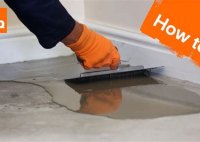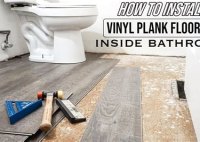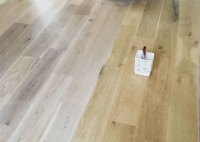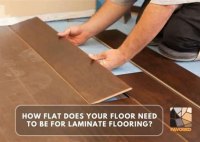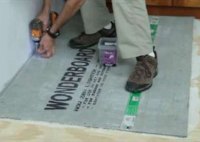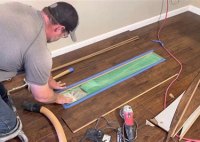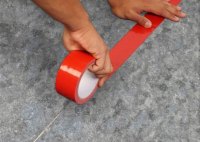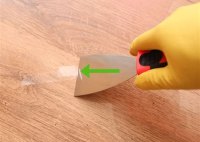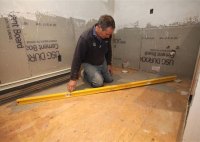Can I Use Concrete To Level Floor
Can Concrete Be Used to Level a Floor? Leveling a floor is a common requirement in construction and renovation projects. Uneven floors can cause a multitude of problems, ranging from aesthetic blemishes to structural concerns. One frequently considered material for achieving a level surface is concrete. This article explores the suitability of concrete for floor leveling, detailing the… Read More »
